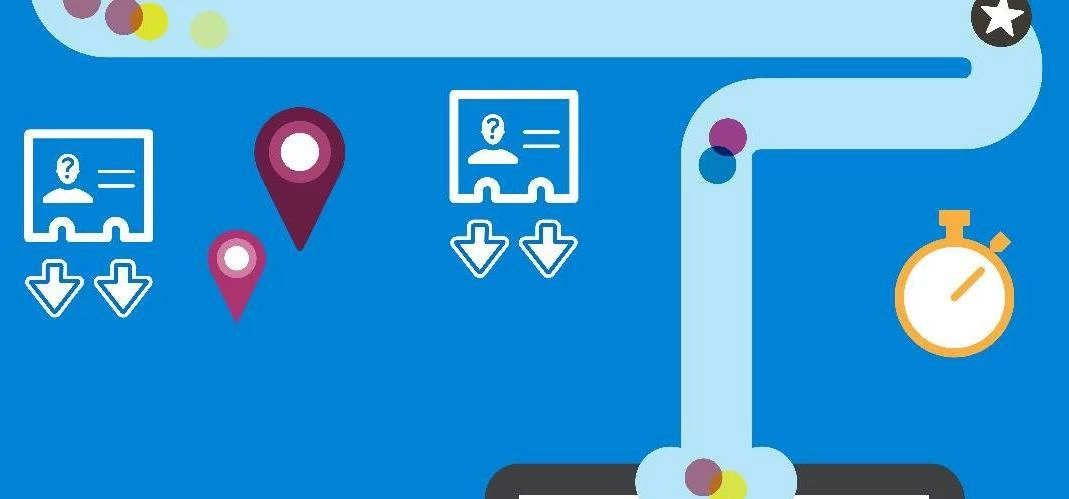
Partner Article
Personal loans provide increased flexibility for mobile users
Changes in the way mobile handsets are financed are benefiting consumers and handset providers alike.
New mobile handset releases are increasingly covered by the mainstream press and coveted by certain segments of consumers, leading to huge queues at retail stores and surges in online demand.
With so much focus on the launches of the latest ‘must have’ devices, it’s no surprise that people are no longer willing to retain their current handsets until their airtime contract expires. Consumers are looking at how they can upgrade immediately yet cost effectively, and, as will always be the case where demand is strong enough, providers have found a way to meet their requirements.
For the network operator, historically a switch in handset has been one of the trigger points for consumers selecting an alternative provider and porting their number across. Legions of retention teams work to minimise churn and extend customer contracts, often having to offer better terms.
Now their efforts are being helped by an increasing switch to separating the handset from the airtime contact and instead, provide it on an interest free credit agreement over 24 months.
Benefits to consumers and providers
This approach allows the customer to upgrade their handset as frequently as they wish and often, as they own the handset, sell their old one to offset the cost of the new.
The airtime contract remains in place for a longer period, dramatically reducing customer churn. This is significant as many of these handset finance transactions are carried out online, and perhaps the hardest part of online transactions is retaining customers you have worked so hard to acquire in the first place. With the added hook of being able to offer immediate handset upgrades, mobile handset providers find themselves in a stronger position than ever when looking to retain their customers.
The new arrangement works equally as well for those customers who don’t want to switch handset. Once the loan has been repaid, then the customer only needs to pay the airtime, rather than the current scenario where the customer would continue to pay for both the handset and the airtime.
All in all, a much better deal for the consumer, providing both increased flexibility and the potential for a cheaper deal over the longer term, but with no additional cost.
Challenges for mobile network providers
Network operators need to make the change to offer credit to run alongside the airtime contract. Working with a third party bank or finance company may not fit the bill as the two organisations will have very differing views on credit risk and the customer acquisition journey is likely to be fragmented, increasing drop off and abandoned shopping carts.
A number of operators have already successfully launched their own finance offerings and this is where technology providers such as Nostrum play a role. In any retail environment, ease of processing for credit is essential, particularly where high volumes of transactions are managed, typically 24 hours a day, 7 days a week.
Today’s retail consumer
The evolution of mobile handset finance is reflective of broader changes in the retail lending industry.
The consumers of today, and tomorrow for that matter, want to access lending products at any time, across multiple devices, anywhere in the world. They don’t want to be controlled by anyone else – they want to control the process themselves.
The challenge for today’s providers of retail finance is to put the customer in control of their loan, whilst ensuring they manage and control their lending operations in the manner expected of regulated and risk-aware businesses.
The advent of digital loans
Taking into account customer preferences, lenders are increasingly 24/7 and multi-channel, with mobile the natural growth area to mirror trends towards internet finance and smartphone adoption. Not only does this digital approach to lending meet customer demands, but it helps drive automation. It would be impossible for lenders to employ people around the clock and still compete on rate.
All this means that automated lending processes, often now referred to as digital loans, are fast establishing themselves the present and the future for acquiring and retaining loan customers.
This was posted in Bdaily's Members' News section by Richard Carter .
Enjoy the read? Get Bdaily delivered.
Sign up to receive our popular morning National email for free.








 Zero per cent - but maximum brand exposure
Zero per cent - but maximum brand exposure
 We don’t talk about money stress enough
We don’t talk about money stress enough
 A year of resilience, growth and collaboration
A year of resilience, growth and collaboration
 Apprenticeships: Lower standards risk safety
Apprenticeships: Lower standards risk safety
 Keeping it reel: Creating video in an authenticity era
Keeping it reel: Creating video in an authenticity era
 Budget: Creating a more vibrant market economy
Budget: Creating a more vibrant market economy
 Celebrating excellence and community support
Celebrating excellence and community support
 The value of nurturing homegrown innovation
The value of nurturing homegrown innovation
 A dynamic, fair and innovative economy
A dynamic, fair and innovative economy
 Navigating the property investment market
Navigating the property investment market
 Have stock markets peaked? Tune out the noise
Have stock markets peaked? Tune out the noise
 Will the Employment Rights Bill cost too much?
Will the Employment Rights Bill cost too much?